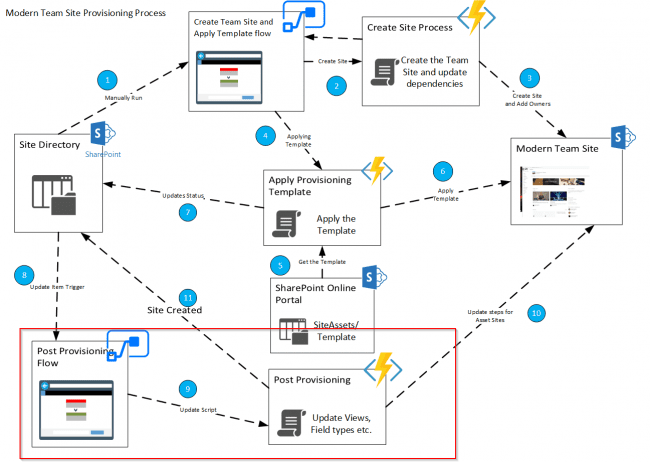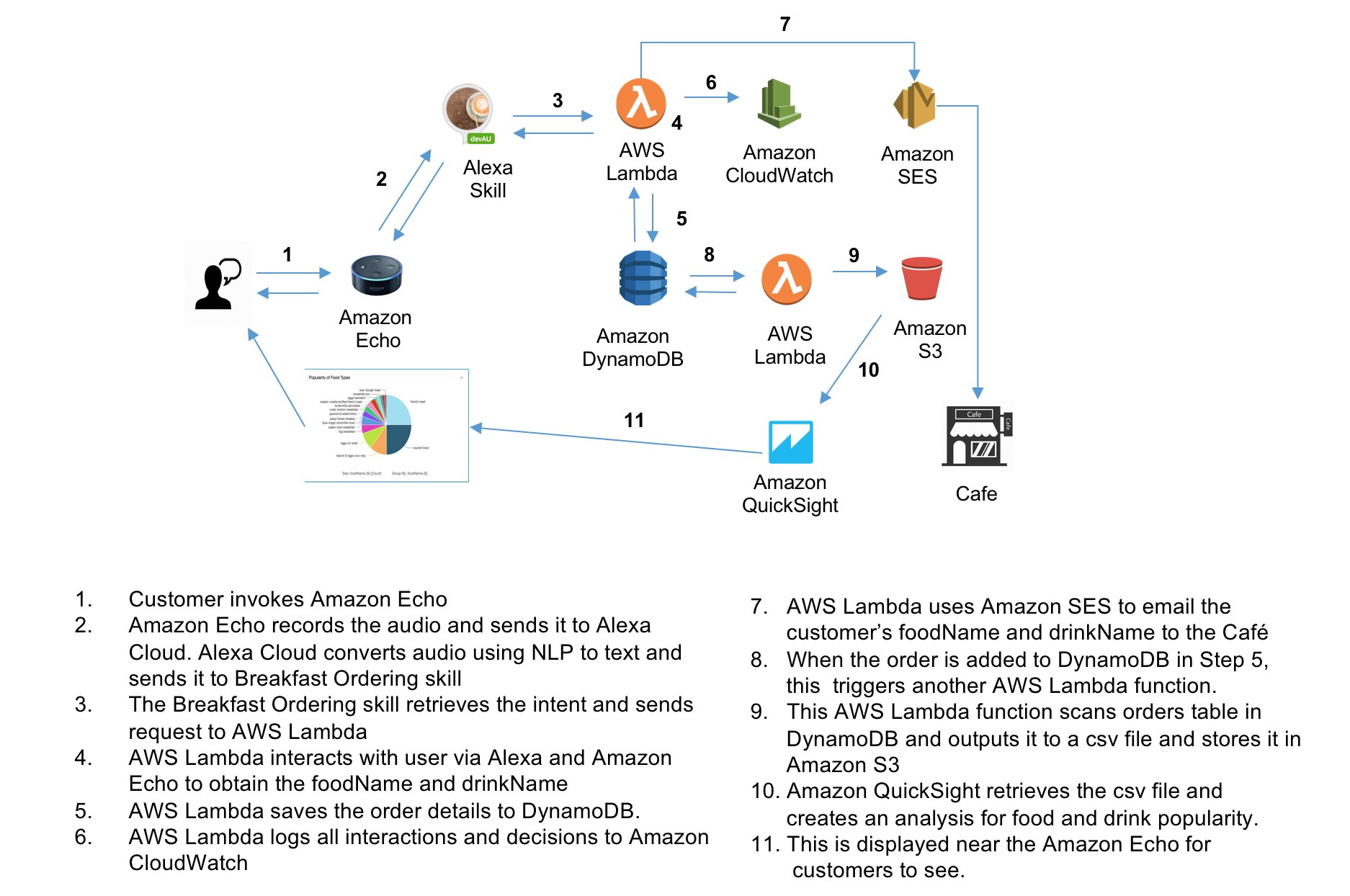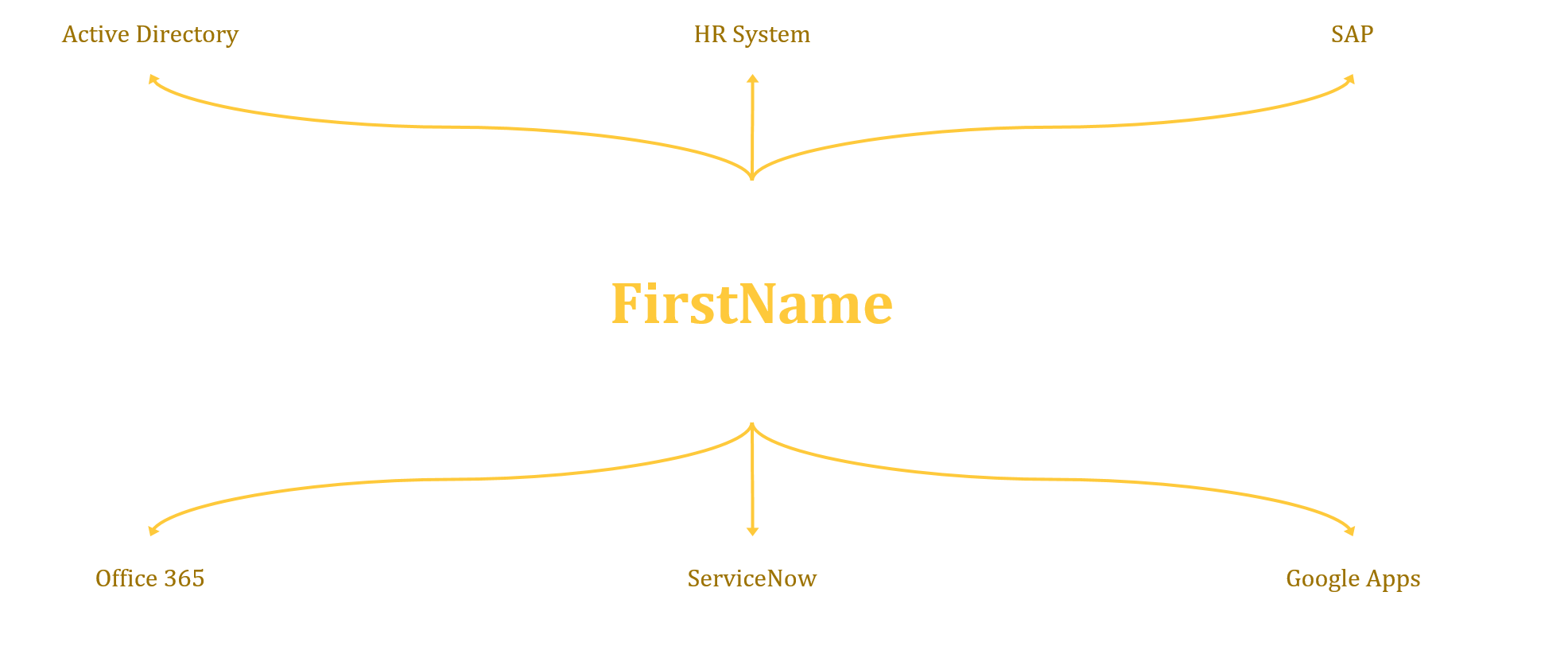Options to consider for SharePoint Framework solutions deployment
There are various options to package and deploy a SharePoint Framework solution and as part of packaging and deployment process, the developers have to identify a best approach for their team. Sometimes it becomes a nightmare to plan the right approach for your solution, if you haven’t weighed the options properly.
Working at multiple implementations of SPFx solution for sometime now, I have been able to get an idea of various options and approach for them.… [Keep reading] “Options to consider for SharePoint Framework solutions deployment”





